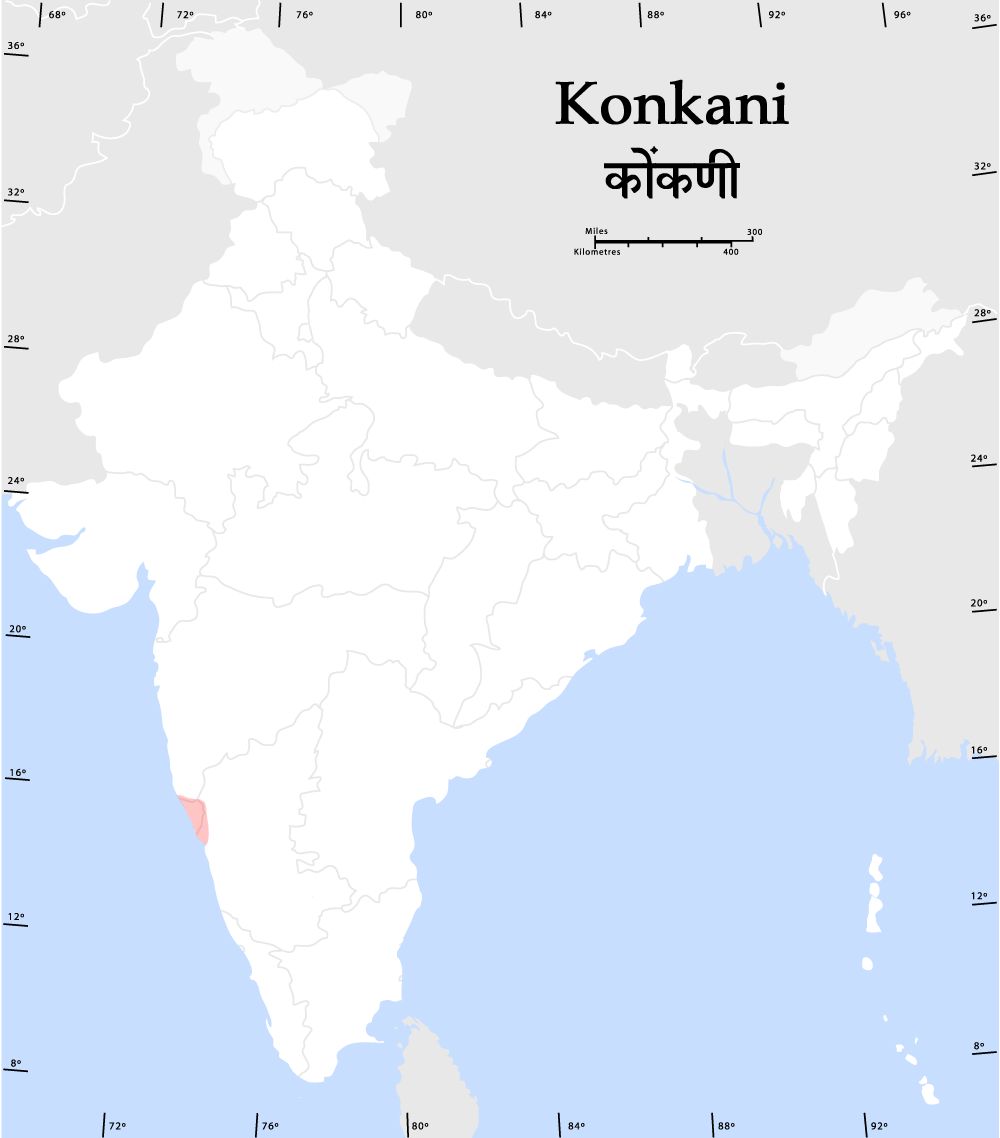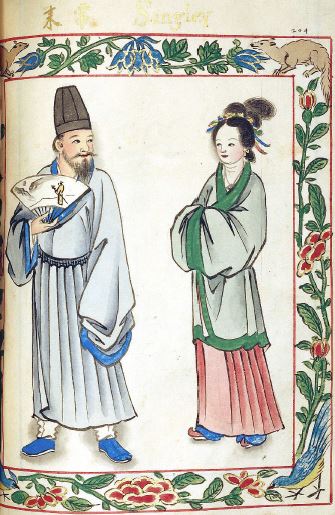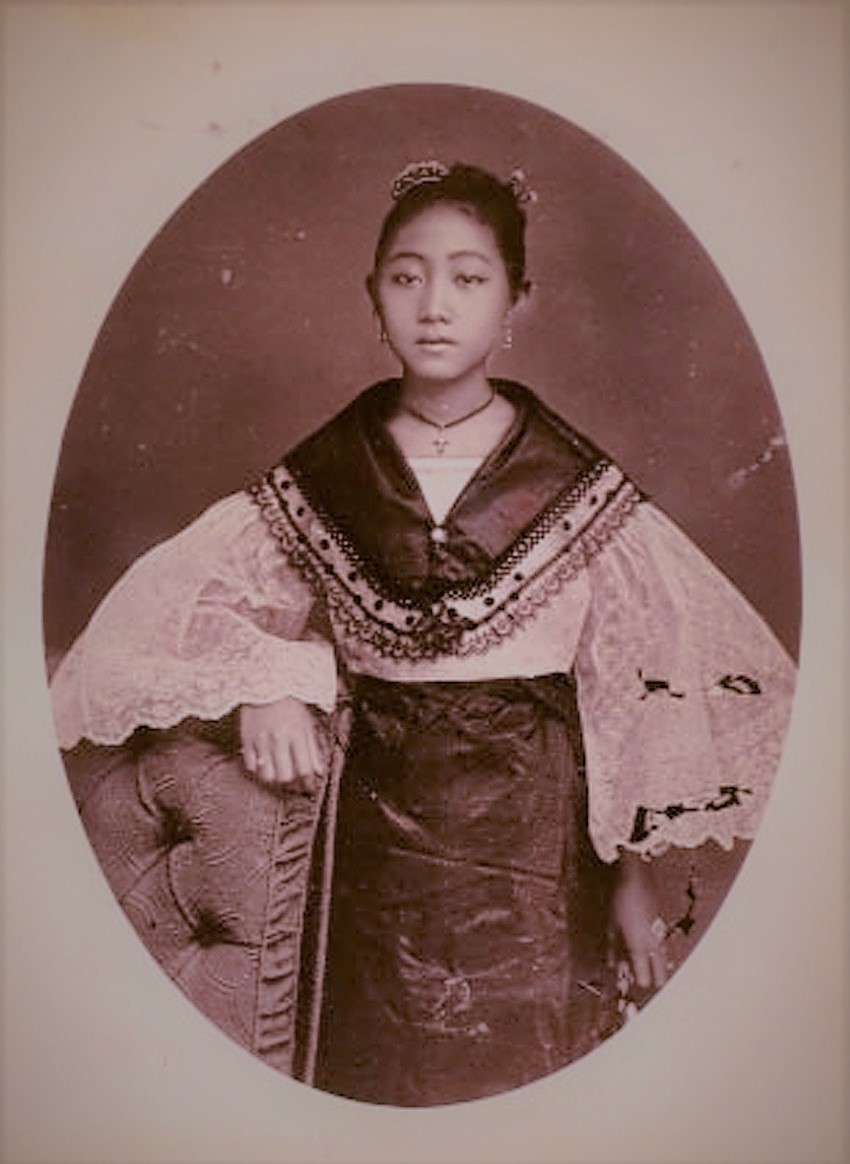|
Velarde Map
''Carta Hydrographica y Chorographica de las Islas Filipinas'' (Spanish, lit. "''Hydrographical and Chorographical Chart of the Philippine Islands''"), more commonly known as the Murillo Velarde map, is a map of the Philippines made and first published in Manila in 1734 by the Spanish Jesuit cartographer Pedro Murillo Velarde, and two Filipinos; engraver Nicolás de la Cruz Bagay and artist Francisco Suárez. The World Digital Library describes it as the "first and most important scientific map of the Philippines". It is frequently referred to as the "Mother of all Philippine Maps". During the British occupation of Manila, the copper plates used to print the map were seized and transported to England, where they were used to produce multiple copies of the map before the plates were destroyed and reused. Many of the most famous and expensive copies were from this re-printing. The map The map's title includes the following additional description: ''dedicada al Rey Nuestro Señor ... [...More Info...] [...Related Items...] OR: [Wikipedia] [Google] [Baidu] |
Carta Hydrographica Y Chorographica De Las Yslas Filipinas Dedicada Al Rey Nuestro Señor Por El Mariscal D
Carta is Latin and Italian for "paper" and is Spanish and Portuguese "letter". In English it takes the form "card" or "chart". Most of its uses pertain to its meaning as "paper", "chart", or "map", for example in ''Magna Carta''. Carta may refer to: *Carta (publisher), an Israeli publishing and mapping company *Carta (software company), a software company from Palo Alto, California *Carta (material), a trade name for FR-2, a composite material used in the manufacture of printed circuit boards People with the surname *Angelico Carta (1886-?), Italian military officer *Antonella Carta (born 1967), Italian footballer *Fabio Carta (born 1977), Italian short track speed skater *John Carta (1946–1990), American parachutist *Marco Carta (born 1985), Italian singer *Maria Carta (1934–1994), Italian singer-songwriter See also * CARTA (other) * Cârța (other) * Karta (other) Karta may refer to: Places * Karta, Iran, a village in Izeh County, Khuzestan ... [...More Info...] [...Related Items...] OR: [Wikipedia] [Google] [Baidu] |
British Occupation Of Manila
The British occupation of Manila was an episode in colonial history of the Philippines when the Kingdom of Great Britain occupied the Spanish colonial capital of Manila and the nearby port of Cavite for twenty months from 1762 to 1764. The occupation was an extension of the larger Seven Years' War between Britain and France, which Spain had recently entered on the side of the French. The British wanted to use Manila as an entrepôt for trade in the region, particularly with China.Danley & Speelman pp 463-64 In addition, the Spanish agreed to deliver a ransom to the British in exchange for the city being spared from any further sacking. The resistance from the provisional Spanish colonial government established by members of the Royal Audience of Manila led by Lieutenant Governor Simón de Anda y Salazar and their Filipino troops prevented British forces from expanding their control of the territory beyond the neighbouring towns of Manila and Cavite. Background At the time ... [...More Info...] [...Related Items...] OR: [Wikipedia] [Google] [Baidu] |
Goans
Goans ( kok, गोंयकार, Romi Konkani: , pt, Goeses) is the demonym used to describe the people native to Goa, India, who form an ethno-linguistic group resulting from the assimilation of Indo-Aryan, Dravidian, Indo-Portuguese, and Austro-Asiatic ethnic and/or linguistic ancestries. They speak different dialects of Konkani language natively, collectively known as Goan Konkani. "''Goanese"'' is an incorrect term for Goans. Language Goans are multilingual, but mainly speak the Konkani language, a Prakrit based language belonging to the Southern group of Indo-Aryan Languages. Various dialects of Konkani spoken by the Goans which include ''Bardezkari'', ''Saxtti'', ''Pednekari and'' ''Antruz''. The Konkani spoken by the Catholics is notably different from those of the Hindus, since it has a lot of Portuguese influence in its vocabulary. Konkani was suppressed for official documentation use only not for unofficial use under the Portuguese governance, playing a minor pa ... [...More Info...] [...Related Items...] OR: [Wikipedia] [Google] [Baidu] |
Konkan
The Konkan ( kok, कोंकण) or Kokan () is a stretch of land by the western coast of India, running from Damaon in the north to Karwar in the south; with the Arabian Sea to the west and the Deccan plateau in the east. The hinterland east of the coast has numerous river valleys and riverine islands among the hilly slopes leading up into the tablelands of the Deccan. The region has been recognised by name, since at least the time of Strabo in the third century C.E., and was a thriving mercantile port with Arab tradesmen from the 10th century. The best-known islands of Konkan are Ilhas de Goa, the site of the Goa state's capital at Panjim, and the seven islands of Bombay, on which lies the capital of the State of Maharashtra. Definition Historically, the limits of Konkan have been flexible, and it has been known by additional names like "Aparanta" and "Gomanchal", the latter being defined as the coastal area between the Daman Ganga River in the north and the Gangava ... [...More Info...] [...Related Items...] OR: [Wikipedia] [Google] [Baidu] |
Konkani People
The Konkan people ( Konkani) Konkanis The Konkan people (Konkani language, Konkani) Konkanis The Konkan people (Konkani language, Konkani) Konkanis The Konkan people (Konkani language, Konkani) Konkanis The Konkan people (Konkani language, Konkani) Konkanis The Konkan people (Konkani language, Konkani) Konkanis The Konkan people (Konkani language, Konkani) Konkanis The Konkan people (Konkani language, Konkani) Konkanis The Konkan people (Konkani language, Konkani) Konkanis The Konkan people (Konkani language, Konkani) Konkanis The Konkan people (Konkani language, Konkani) Konkanis The Konkan people (Konkani language, Konkani) Konkanis The Konkan people (Konkani language, Konkani) Konkanis The Konkan people (Konkani language, Konkani) Konkanis The Konkan people (Konkani language, Konkani) Konkanis The Konkan people (Konkani language, Konkani) Konkanis The Konkan people ... [...More Info...] [...Related Items...] OR: [Wikipedia] [Google] [Baidu] |
Kapre
In Philippine mythology, the kapre is a creature that may be described as a tree giant, being a tall (), dark-coloured, hairy, and muscular creature. Kapres are also said to have a very strong body odour and to sit in tree branches to smoke. Origins The term ''kapre'' comes from the Arabic ''kafir'' (Spanish ''cafre''), meaning a non-believer in Arabic (usually referring to atheists/idolists). The term was later brought to the Philippines by the Spanish who had previous contact with the Moors, they used it to describe the indigenous Negrito ethnic groups with dark skin and features similar to Black Africans. This is also evident in the fact that a synonym for kapre is agtà, another name for the Aeta people. The modern mythical characterizations of the kapre evolved from formerly racially prejudiced portrayals of Negrito tribes by the lowland Christianized ethnic groups of the Philippines during the Spanish period. The first attestation of the use of the term was ''caphri'', ... [...More Info...] [...Related Items...] OR: [Wikipedia] [Google] [Baidu] |
Sangley
Sangley (English plural: ''Sangleys''; Spanish plural: ''Sangleyes'') and Mestizo de Sangley (Sangley mestizo, ''mestisong Sangley'', ''chino mestizo'' or Chinese mestizo) are archaic terms used in the Philippines to describe a person of pure overseas Chinese ancestry, or ''Mestizo de Sangley,'' which are persons of mixed Chinese and native Filipino ancestry (the latter were referred to in es, Indio, lit=Indian, as natives of the East Indies) respectively during the Spanish Colonial Era in the Philippines. The Sangley Chinese were ancestors to both modern Chinese Filipinos and modern Filipino mestizo descendants of the ''Mestizos de Sangley''. (These were Chinese mestizos, mixed descendants of Sangley Chinese and native Filipinos), who were ''mestizos'' (mixed peoples) under the Spanish Colonial Empire, classified together with other Filipino mestizos. The Spanish had such categories as ''Mestizos de Español'' (descendants of colonial-era ethnic Spanish and native-born Fi ... [...More Info...] [...Related Items...] OR: [Wikipedia] [Google] [Baidu] |
Chinese Filipino
Chinese Filipinos; tl, Tsinoy, / Tsinong Pilipino, ; Philippine Hokkien , Mandarin (also known as Filipino Chinese in the Philippines) are Filipinos of Chinese descent, mostly of southern Fujianese ancestry, where the majority are born and raised in the Philippines. Chinese Filipinos are one of the largest overseas Chinese communities in Southeast Asia. Chinese immigration to the Philippines occurred mostly during the Spanish colonization of the islands between the 16th and 19th centuries, attracted by the lucrative trade of the Manila galleons and since the late 20th century. In 2013, according to the Senate of the Philippines, there were approximately 1.35 million ethnic (or pure) Chinese within the Philippine population, while Filipinos with any Chinese descent comprised 22.8 million of the population. However, the actual current figures are not known since the Philippine census does not usually take into account questions about ethnicity. Chinese Fil ... [...More Info...] [...Related Items...] OR: [Wikipedia] [Google] [Baidu] |
Archipelago
An archipelago ( ), sometimes called an island group or island chain, is a chain, cluster, or collection of islands, or sometimes a sea containing a small number of scattered islands. Examples of archipelagos include: the Indonesian Archipelago, the Andaman and Nicobar Islands, the Lakshadweep Islands, the Galápagos Islands, the Japanese archipelago, the Philippine Archipelago, the Maldives, the Balearic Islands, The Bahamas, the Aegean Islands, the Hawaiian Islands, the Canary Islands, Malta, the Azores, the Canadian Arctic Archipelago, the British Isles, the islands of the Archipelago Sea, and Shetland. They are sometimes defined by political boundaries. For example, the Gulf archipelago off the northeastern Pacific coast forms part of a larger archipelago that geographically includes Washington state's San Juan Islands; while the Gulf archipelago and San Juan Islands are geographically related, they are not technically included in the same archipelago due to manmad ... [...More Info...] [...Related Items...] OR: [Wikipedia] [Google] [Baidu] |
Coat Of Arms Of The King Of Spain
The coat of arms of the King of Spain is the heraldic symbol representing the monarch of Spain. The current version of the monarch's coat of arms was adopted in 2014 but is of much older origin. The arms marshal the arms of the former monarchs of Castile, León, Aragon, and Navarre. Traditionally, coats of arms did not belong to a nation but to the monarch who would quarter his shield with territorial claims of his dynasty. Formerly, the Spanish monarch's arms were much more complex than they are today, featuring the arms of the various territories of this dynasty. A simpler version of these arms, known as the ''lesser arms'', was also used; The lesser arms were another set of arms within the centre of the full arms. During the later part of the Bourbon dynasty, this was quarterly Castile and León. In 1868, during the Provisional Government (1868-1871), provisional government that followed the overthrow of Queen Isabella II, an arms of ''national character'' was adopted; This ... [...More Info...] [...Related Items...] OR: [Wikipedia] [Google] [Baidu] |
New Spain
New Spain, officially the Viceroyalty of New Spain ( es, Virreinato de Nueva España, ), or Kingdom of New Spain, was an integral territorial entity of the Spanish Empire, established by Habsburg Spain during the Spanish colonization of the Americas and having its capital in Mexico City. Its jurisdiction comprised a huge area that included what is now Mexico, the Western and Southwestern United States (from California to Louisiana and parts of Wyoming, but also Florida) in North America; Central America, the Caribbean, very northern parts of South America, and several territorial Pacific Ocean archipelagos. After the 1521 Spanish conquest of the Aztec empire, conqueror Hernán Cortés named the territory New Spain, and established the new capital, Mexico City, on the site of the Tenochtitlan, the capital of the Mexica (Aztec) Empire. Central Mexico became the base of expeditions of exploration and conquest, expanding the territory claimed by the Spanish Empire. With the polit ... [...More Info...] [...Related Items...] OR: [Wikipedia] [Google] [Baidu] |
BusinessWorld
''BusinessWorld'' is a business newspaper in the Philippines with a nationwide circulation of more than 117,000 (as of March 2014). Founded in 1967 as ''Business Day'', it is Southeast Asia's first daily business newspaper. History ''Business Day'' Raúl Locsin, then a reporter for the business section of the now-defunct '' The Manila Chronicle'', took out a ₱5,000 loan to start ''Business Day'', the paper's forerunner. ''Business Day'' released its debut issue on February 27, 1967. It was the first business daily in Southeast Asia, and it was dedicated to “competent and responsible reporting of the news.” On March 1, 1971, ''Business Day'' published a record of the previous year's highest-grossing Philippine firms. Eight years later, the Securities and Exchange Commission and ''Business Day'' launched ''1000 Top Corporations in the Philippines'' gazette. This effort laid the foundation for what is now known as BusinessWorld Top 1000 Corporations in the Philippines, ... [...More Info...] [...Related Items...] OR: [Wikipedia] [Google] [Baidu] |







.jpg)